Do’s and Don’ts of Cover Cropping
We started our cover crop journey about four years ago and would like to share some of the benefits we have witnessed firsthand.
Cover crops are not a new concept. Using them to improve and protect soil is an age-old practice that fell out of favor in the mid-20th century with the invention of synthetic fertilizers. In recent decades, however, more and more farmers and ranchers are bringing cover crops back into their operations.
We started our cover crop journey about four years ago and would like to share some of the benefits and the firsthand experiences we have witnessed. These are strictly observational. Before starting anything new, be sure to have a goal and a plan tailored to your operation.
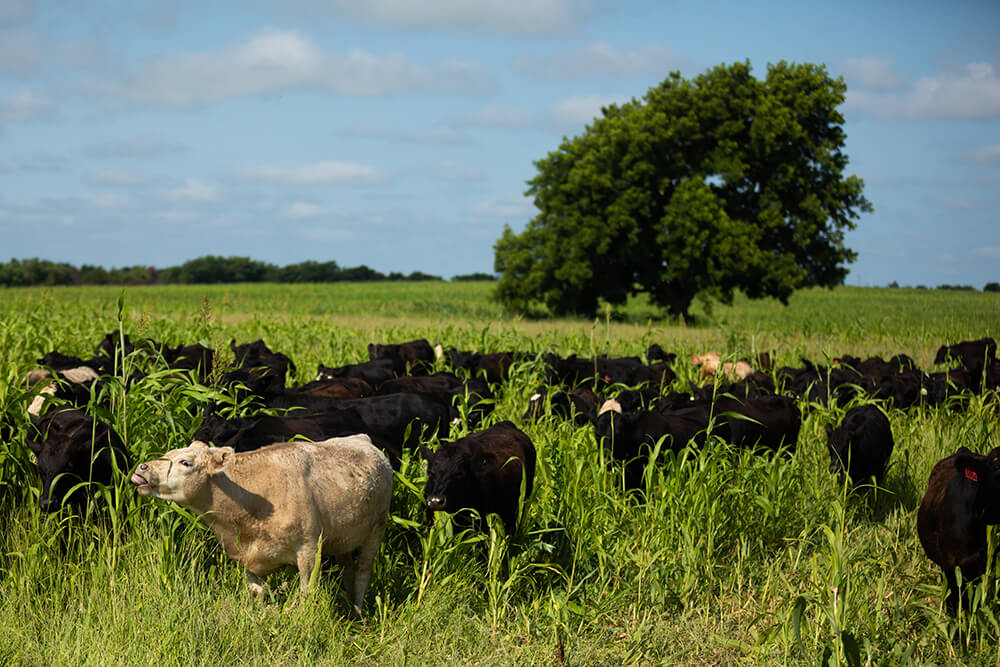
Pick your mix(es)
If you’re considering planting cover crop mixes to improve soil health, increase plant and wildlife diversity, or improve grazing opportunities, here are few things to remember as you make your plans.
A cover crop mix can be tailored to a specific need. The options are almost endless. Here are benefits of some of the major groups of cover crop species:
- Brassicas reduce compaction and help with weed suppression.
- Other broadleaves also contribute to reducing compaction along with building the soil and attracting beneficial insects.
- Legumes attract beneficial insects and reduce compaction, but most importantly they can fix nitrogen in root nodules.
- Grasses are great for biomass production, which results in beneficial residue covering the soil.
- All these cover crops provide residue that will break down into organic matter, which helps improve soil health and water infiltration while also reducing soil erosion.
Knowing your soil type and having a recent soil test are also beneficial when deciding which species to use to match the mix to the field environment.
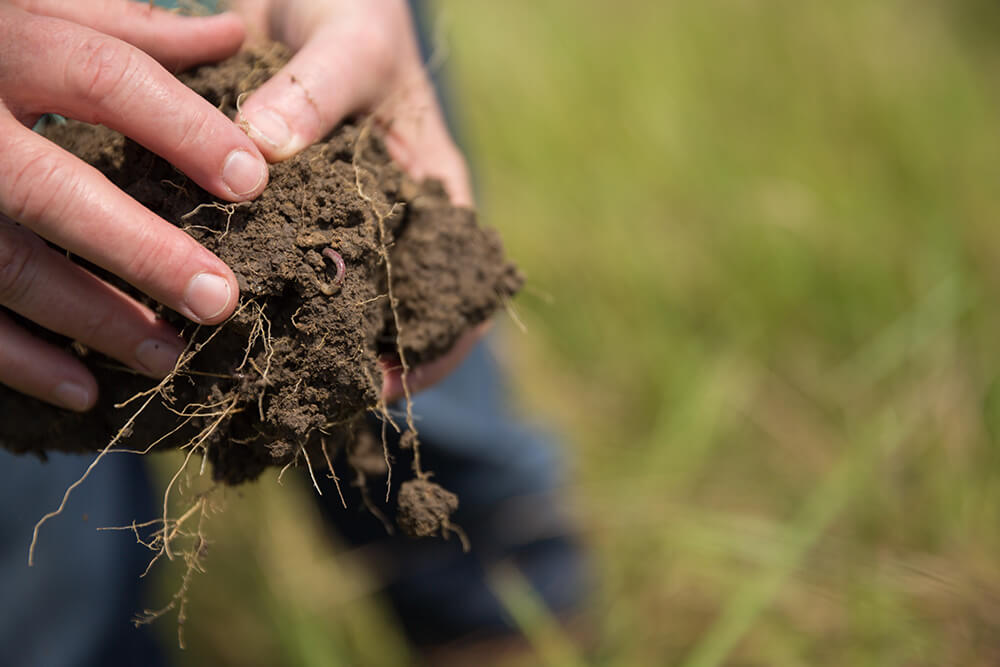
Replacing burndown with trample-down
Early in our adoption of cover crops, we used a herbicide burndown treatment prior to planting to reduce competition between the existing crop and the newly planted crop. But after using this method, we believe we experienced some chemical carryover, especially when high-diversity cover crop mixes were used.
The alternative solution we found was to allow the cover crops to reach full maturity, and at the same time introduce grazing cattle using high stock densities (daily or multiple-per-day grazing allocations) to help incorporate the standing residue into the soil with their hoof action. Now we get the full benefit of the plant (both above and below ground), plus we provide another opportunity for the animals to graze the crop one more time. In addition, we observed that by allowing the crop to produce seed, we gained some reseeding benefits.
We now adaptively graze the cover crops throughout the growing season, allowing the plants to rest and recover between grazing events.
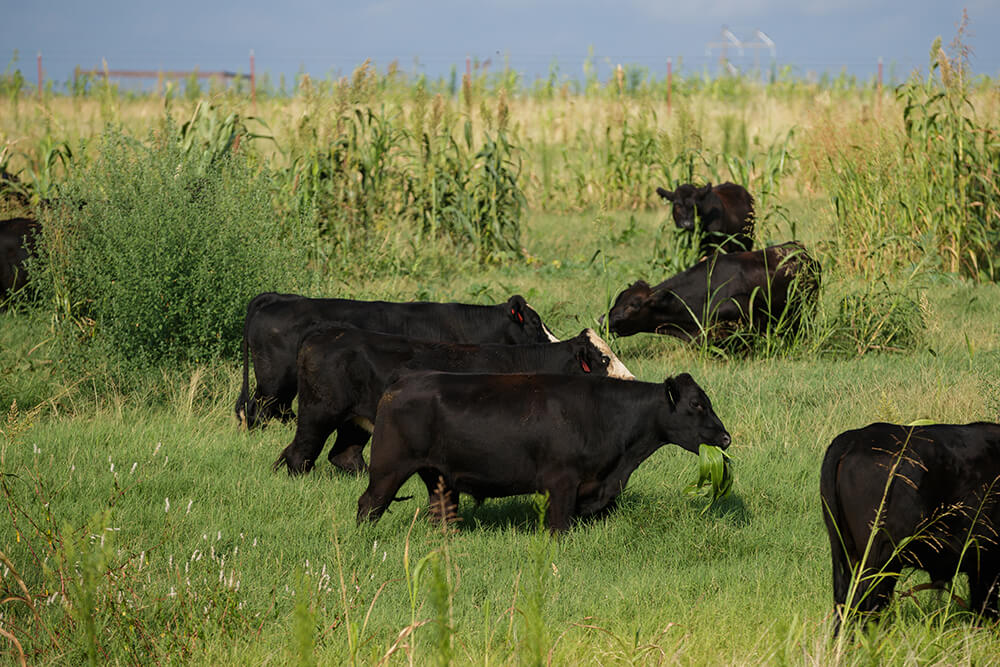
Planting lessons learned
A well-maintained, properly calibrated and conscientiously operated planter or drill is key when planting a diverse crop mix. Quite often, cover crop mixes consist of both large and small seeds, making calibration a bit challenging. We also experienced issues with the larger seed settling out as we planted. This can be somewhat alleviated by making it a standard practice to physically stir the seed in the seed box every hour or so. It also helps to keep planting speed below 5 MPH and limit road travel with seed in the box by filling the drill at the field instead of at the shop.
Planting depth was also a lesson we learned the hard way. Initially, we planted our cover crop mixes shallow, thinking it was necessary for the small-seed crops. But after talking with successful cover-croppers, we found that planting deeper (1 to 1.5 inches) provided a more uniform stand.
Properly set and functioning row units are very important for maintaining a consistent planting depth. As plant residue and soil conditions change throughout the day, you can expect to experience changes in planting depth. So we try to make it a practice to occasionally recheck the seeding depth and adjust if needed, which is also a good time to stir the seed in the seed box to keep it properly mixed.
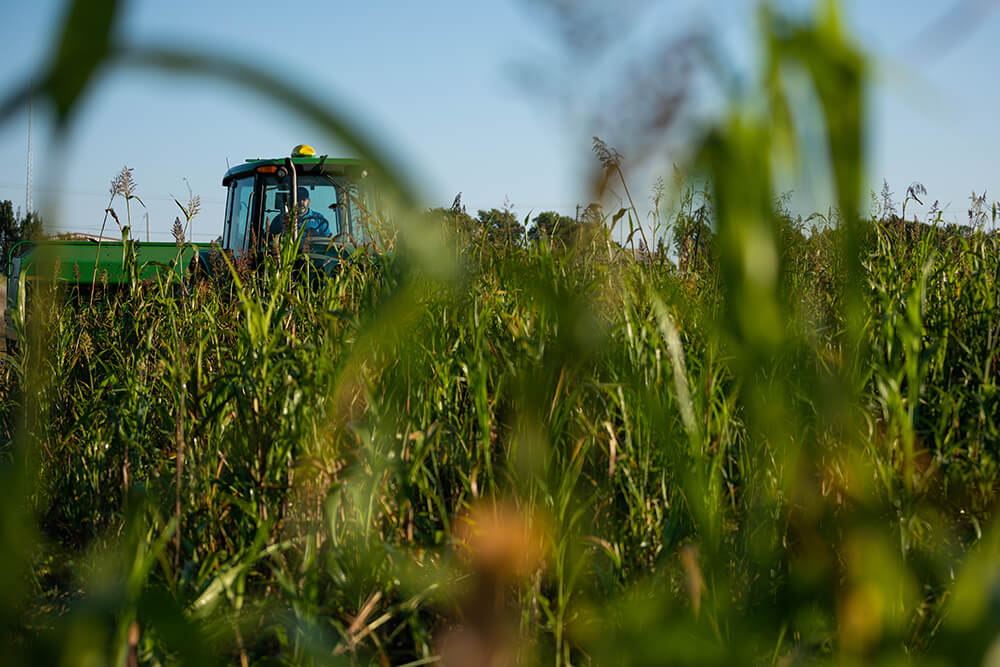
More tips and observations
Failures are possible and even likely when getting started with cover crops. So do your research, start small to limit the impact of mistakes, and try different mixes in different pastures.
Stagger your planting dates, because weather can be your best friend or your worst enemy. Even when the weather is perfect, multiple planting dates can help accomplish grazing goals and help extend the grazing season.
Having staggered planting dates can also widen the window of flowering plants, increasing opportunities for beneficial insects and pollinators to thrive. Having beneficial insects can help prevent an invasion of problematic insects. Since our adoption of cover crops, we have noticed considerably fewer problematic insect issues, even when our neighbors just across the fence were having problems.
Over time, we observed reduced weed pressure in bermudagrass pastures that were interseeded with cool-season cover crop mixes. We believe keeping a good canopy restricts weed gemination.
Remember, cover cropping will not work the same for everyone. There will be things that work great for one producer and not work at all for the next. It all depends on your context.
We learn something new every day. We hope some of these tips can provide an easier start to your cover crop journey.


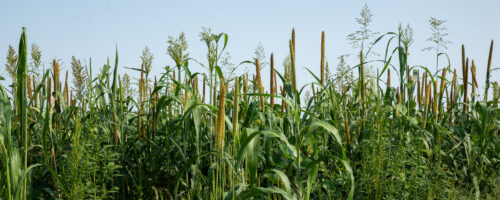
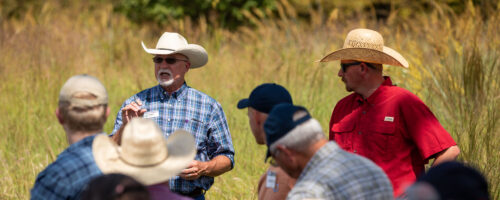
Comment